LED digital display screens have been widely used in many places. For example, when we go to shopping malls, we can see many display screens showing advertisements, and in the process of road driving, many large-scale information display devices are also used. Use LED digital display.
An LED digital display is a video display that uses light-emitting diodes. An LED panel is a small display, or a component of a larger display or screen.
Basic knowledge of LED digital display
LED screen type
There are two types of LED panels: traditional (using discrete LEDs) panels and surface mount device (SMD) panels. Most outdoor LED displays are built around discrete LEDs (also known as individually mounted LEDs). A set of red, green and blue diodes are driven together to form a full-color pixel.
Most indoor LED displays on the market are manufactured using SMD technology, a trend that is now extending to the outdoor market. SMD pixels consist of red, green, and blue diodes mounted on the chipset, which are then mounted on the driver PC board.
The individual diodes are smaller than a needle and are arranged very closely. The difference is that the maximum resolution distance is reduced by 25% from a discrete diode screen with the same resolution.
The basic composition of LED digital display
- Screen
- Fixed installation structure
- Control system
- Data transmission system
- Audio and video multimedia processor
- Power distribution system
- State control system
- Cooling system
pixel
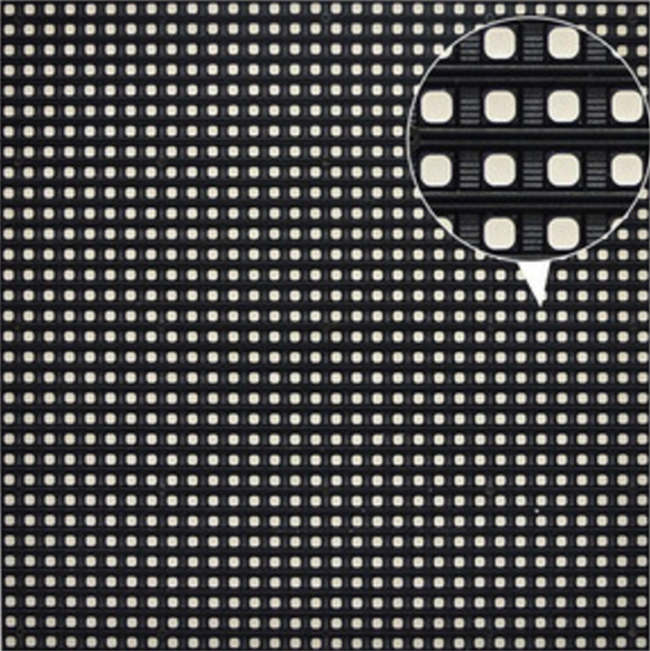
The smallest light-emitting unit of LED digital display, each light-emitting unit can be controlled individually. A set of red, green and blue diodes are driven together to form a full-color pixel, usually in a square shape. These pixels are evenly spaced and measured from center to center for absolute pixel resolution.
LED digital display is the final product of advertising or information display, which consists of a certain number of rows of unit LED cabinets; the unit LED cabinet is composed of a certain number of LED modules, each LED module is composed of 1616/168/88/44/1*1LED Pixel composition; each LED pixel is composed of 2R1G1B/2R2G1B/2R1B/2R1G/2R/1R.
LED screen display resolution(vertical pixels x horizontal pixels)
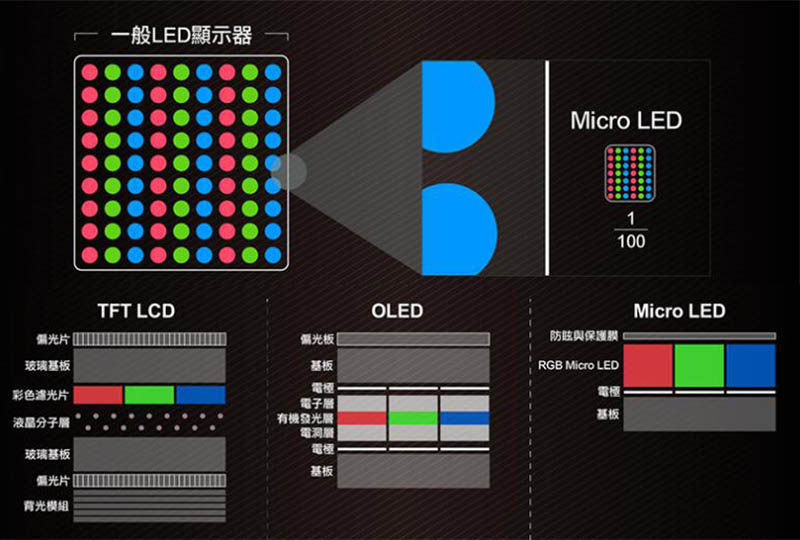
In the same panel, a higher resolution means it can display more content, so you’ll get sharper pictures/videos, but at a higher cost.
LED screen brightness
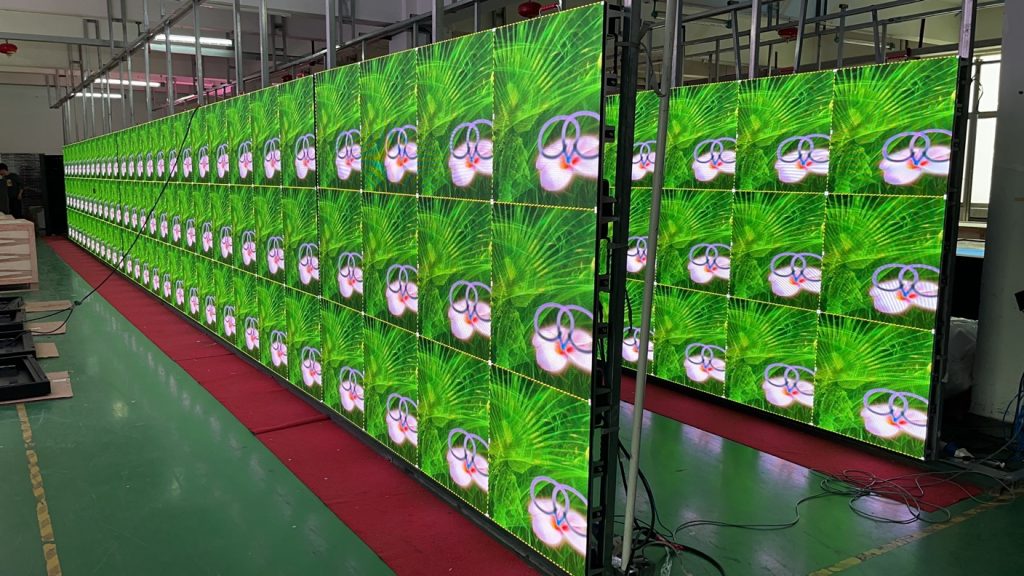
In a certain direction, the unit of illumination brightness of each area is cd/㎡. The LED display brightness is proportional to the LED light number and light brightness in each zone.
The brightness requirement of indoor full-color LED digital display reaches 800cd/㎡-2000cd/㎡; the brightness requirement of outdoor full-color LED digital display is: facing the sun 800cd/㎡, shadow 4000cd/㎡.
LED digital display grayscale
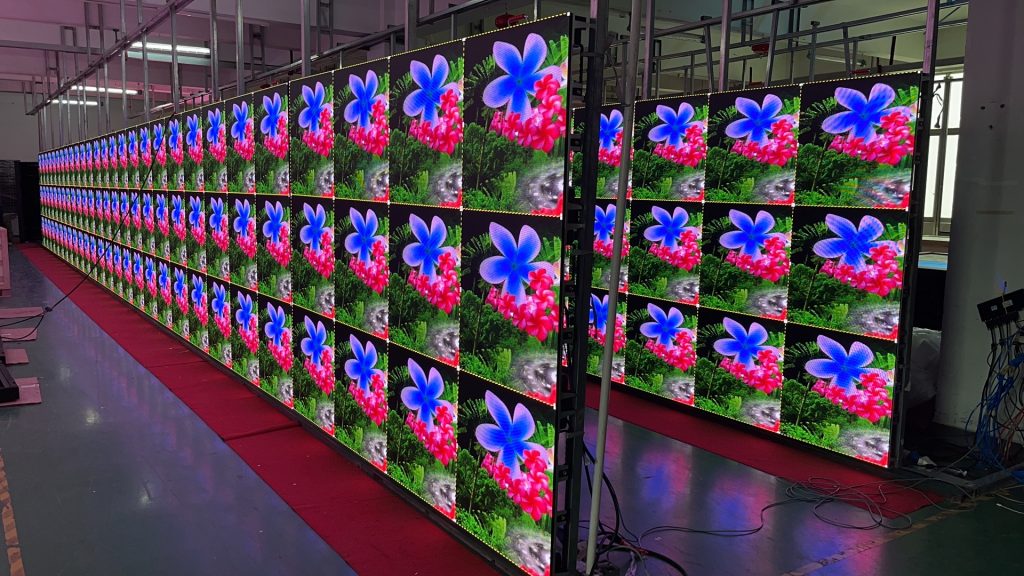
Grayscale is a range of grayscales with no apparent color. The darkest possible shade is black, the brightest possible shade is white, and the intermediate shades of gray are represented by equal luminance levels of the three primary colors (red, green, and blue), or by the three primary colors (cyan, magenta, and yellow) Equal brightness level representation of , used for reflected light.
At present, the domestic LED digital display adopts 8-bit grayscale, with a total of 256 color levels from black to white, and a total of 16,777,216 colors (256x256x256) using RGB primary colors.
LED digital display contrast
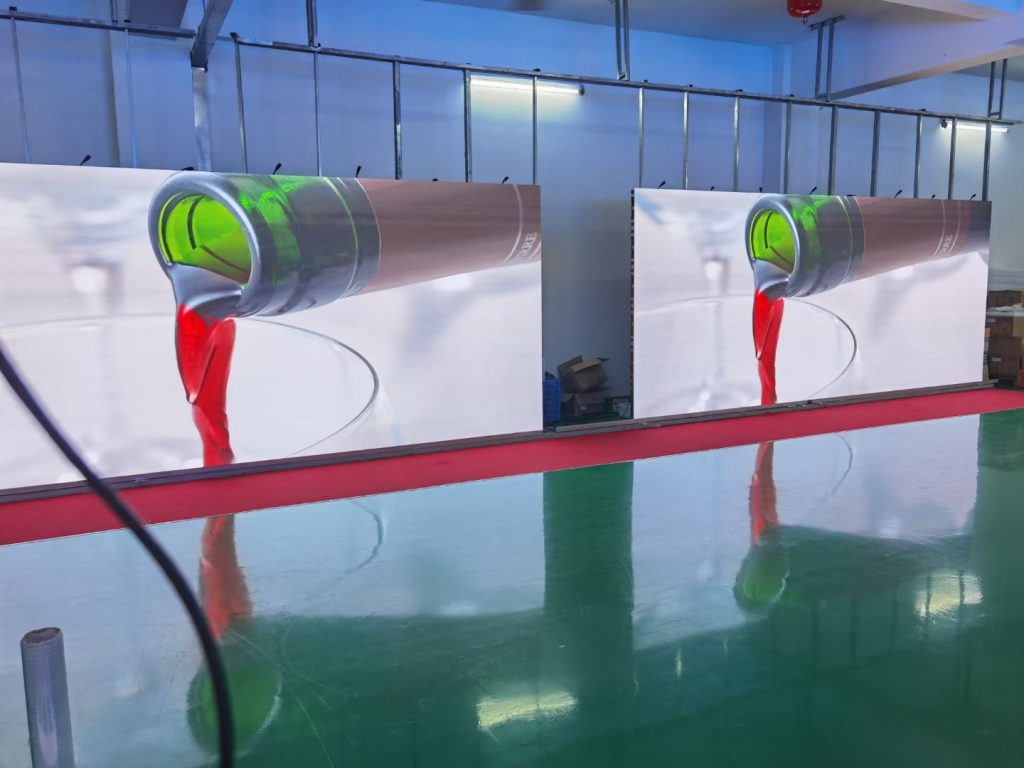
Differences in color and light between parts of an image. For the LED digital display, under the same lighting conditions, the contrast ratio refers to the ratio of the maximum brightness of the LED digital display to the background brightness. It works well when the ratio is greater than 4096:1.
LED digital display white balance
White is a mixture of red, green and blue in a certain ratio, that is, R:G:B is 3:6:1, which is one of the most important indicators of LED display or other video media.
LED screen frame refresh rate
The time to display the picture on the LED digital display is updated at unit intervals. Usually 25Hz, 30Hz, 50Hz, 60Hz and so on. The higher the frame frequency, the better the continuity of changing frames.
LED screen refresh rate
The picture time shown on the LED digital display repeats every second. Usually 60Hz, 120Hz and 240Hz. The refresh rate is higher, and the image of the LED digital display is more stable.
LED electronic screen viewing angle
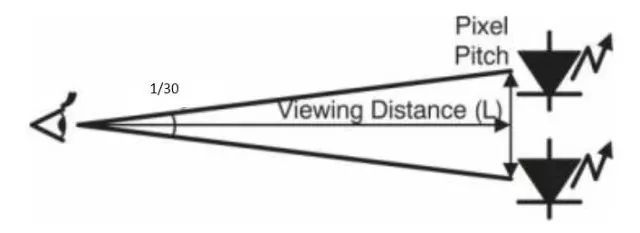
The viewing angle is the maximum angle at which the LED display can be viewed with acceptable visual performance. It includes horizontal and vertical viewing angles.
When the viewer moves to the left or right side of the LED display panel, the LED display brightness will be reduced; when the brightness is reduced to half of the maximum value, the viewer’s current position angle plus the opposite direction is called the horizontal viewing angle, Vertical viewing angle can be measured. in the same way.
The best viewing distance of LED screen
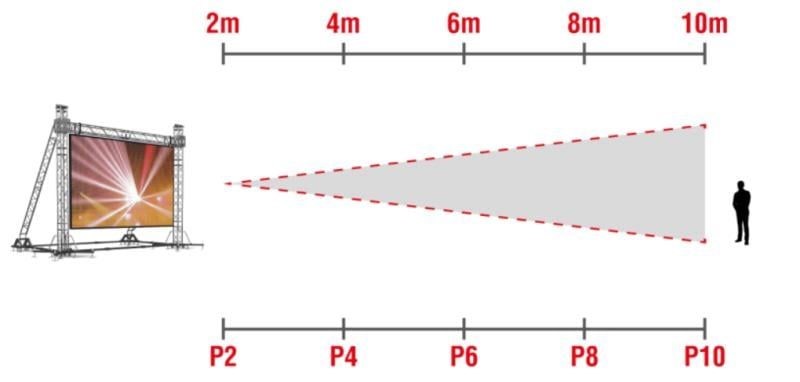
The optimal viewing distance is the distance at which the user can fully see all of the LED digital display’s content without color projection, and where the image is clearest to the viewer. The optimal viewing distance = pixel spacing / (0.3~0.8), which is an approximate range. Such as LED digital display P16mm, the best viewing distance is 20~54 meters.
Flatness of LED large screen
The uneven surface of the LED digital display screen is the main reason for the image distortion of the LED digital display screen. The quality of the surface roughness of the LED digital display mainly depends on the production process.
The above are the basic information about LED digital display. After understanding these, for LED digital display, you are already half an expert.